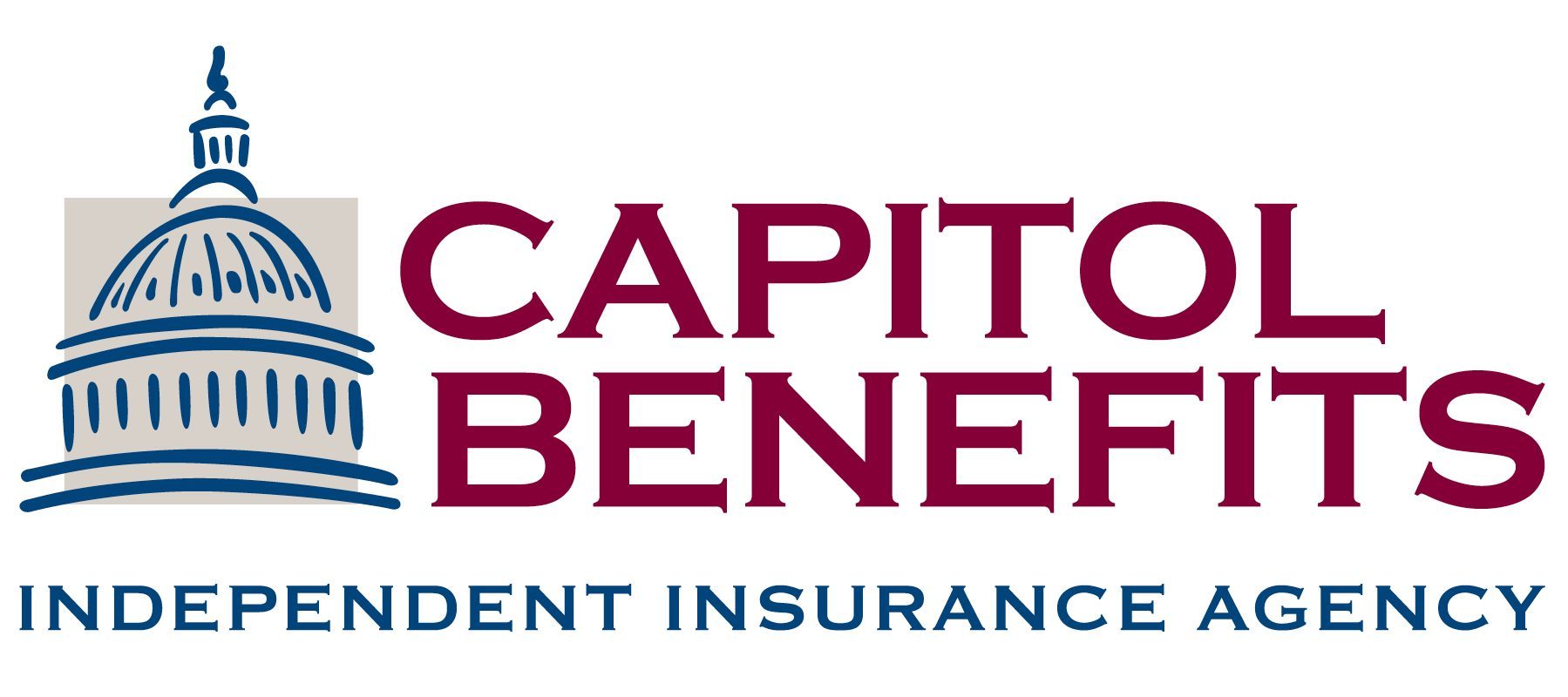Guaranteed Replacement Cost: What Is It And Is It Worth Buying
If you buy a house today, chances are you won’t be able to afford to replace it in case of a total loss if a covered peril did the damage.
However, there might be a way around it. Certain carriers have a policy option on homeowners’ coverage that offers a guaranteed replacement of the full value of your home and the cost to rebuild it.
This is called “Guaranteed Replacement Cost” or GRC. It’s an insurance policy feature that can help protect against catastrophic losses.
Under standard replacement cost coverage, the insured usually cannot recover anything beyond the policy limits. The insured can rebuild the structure up to policy limits with guaranteed replacement cost and still receive reimbursement for losses above those amounts.
GRC coverage can be found in most states, although it varies slightly. For example, some states require that the building be constructed according to certain standards, while others don’t.
How Does Guaranteed Replacement Cost Work?
GRC is available for most homeowners and dwelling insurance policies (HO3, HO5, and DP3). This coverage pays to repair or replace the property with materials of similar kind or quality and use after a covered loss occurs.
However, some restrictions and exclusions may apply to those payments.
Differences Between Replacement Cost and GRC
The biggest difference between replacement cost and guaranteed replacement cost is that the former pays to repair or replace the dwelling with like kind and quality while the latter pays to do so without any limit cap.
Replacement Cost
For example, if your Dwelling limit is $200,000 and a covered peril destroys your home, and it would cost $250,000 to rebuild, a standard replacement cost policy would only pay up to the policy limit, which is often $200,000. The extra $50,000 would have to come out of your pocket.
Guaranteed Replacement Cost
With a guaranteed replacement cost policy, the insurance company would pay the total $250,000 it costs to replace the home. There would be no out-of-pocket expenses for you.
Of course, the examples mentioned above are just for illustrative purposes and are meant to show how the GRC coverage is applied in different situations. Deductibles were also not included in the examples, and policy limits and coverages will vary with each policy.
It’s important to remember that GRC is not available on all policies and is not required in all states. Some carriers may offer it as an endorsement (add-on) to a standard policy, while others build it into the base price of their coverage.
Every policy is different, so it’s important to read your policy carefully and understand what it does and does not cover.
ACV vs. Guaranteed Replacement Cost
ACV policies are typically less expensive than GRC policies but provide less coverage. With ACV, the value of a home is calculated from the current value of the property, subtracting depreciation from the initial purchase price and other personal possessions of the home.
This means that if your home is damaged or destroyed, you will only receive compensation for the property’s current value, minus any depreciation.
In contrast, GRC policies cover the total cost of rebuilding your home, regardless of its current value. This makes GRC policies more expensive than ACV policies, but they also provide more comprehensive coverage. When deciding what type of policy to purchase, it is important to consider both the cost and the coverage.
For example, a GRC policy may be justified by the extra cost if you live in a natural disaster-prone area. However, if your home is in good condition and you are not concerned about unexpected repairs, an ACV policy may be sufficient.
It will ultimately depend on your individual needs and circumstances which type of policy is right for you.
Companies that offer Guaranteed Replacement Cost
Depending on where you live, it may be hard to come by insurance companies that provide guaranteed replacement cost coverage. In some areas, such companies are few and far between. This can make it challenging to find coverage that meets your needs.
That’s why our agents at Capitol Benefits are here to help. We have access to a wide range of insurance companies and can help you find the right policy for your needs.
Encompass
Encompass is one of the top companies in America for home insurance. They are a subsidiary of Allstate. They have an A+ rating from BBB and have a broad network of agents across the U.S.
They offer multiple home insurance discounts such as home security, roofing, and multi-line discount. Some of these discounts are available only through Encompass agents. Their customer service is available 24/7, and they have a mobile app for their policyholders.
In addition, they offer competitive home rates and coverage options, with guaranteed replacement cost being one of them, and others that can be customized to each individual’s needs.
Erie
Erie is one of the most popular insurance companies in the United States for a variety of reasons. They have an A+ AM Best Financial rating, meaning that it is a financially stable company, and an A rating from the Better Business Bureau, indicating that it is a reputable and reliable company.
This is important for insurance customers because it means that Erie is less likely to experience financial difficulties that could affect its ability to pay claims.
Additionally, Erie offers a wide range of insurance products and coverage options, so customers can find a policy that meets their needs.
While Erie’s home insurance rates are typically higher than other providers, the company offers better discount options than its competitors. For example, Erie offers Welcome and Loyalty Bonuses, Protective device discounts, Early Signing discounts, Home Buyer discounts, and Easy Pay discounts.
Guaranteed Replacement Cost vs. 50% and 25% Extended Coverage
Most homeowners’ insurance policies typically have a limit on how much they will pay to repair or rebuild your house. This limit is usually based on the value of your house when you purchased the policy.
However, the cost of construction materials and labor can increase over time, which means that the actual cost of renovating or rebuilding your house might be greater than the limit on your policy. If this happens, you could be responsible for paying the difference out of your own pocket.
The extended replacement cost endorsement is something you can add to your homeowners’ insurance policy to help cover these increased costs.
Typically, extended replacement cost coverage will add 25% to 50% more coverage to your dwelling limit. This can help give you peace of mind knowing that you are better protected in the event of a covered loss.
Final Words
If you own a house, it’s really in your best interest to purchase guaranteed replacement cost coverage. Even if you have comprehensive coverage (which is the minimum insurance protection we recommend), because of the inflation, there’s still no guarantee that the full value of that coverage will be enough to pay for rebuilding or repairing your home if it’s damaged by an insured peril.
It’s important to think about having this added layer of protection and peace of mind in the event that a catastrophe strikes so you and your family can get back on your feet after suffering severe property damage.
We encourage you to reach out to us with any additional questions or concerns you might have about guaranteed replacement cost coverage.
FAQ
How much is the guaranteed replacement cost coverage?
As probably one of the most expensive add-ons, GRC can cost anywhere from 5% to 10% of the total policy premium. With the location and the type of business being a factor in the price.
Is extended replacement cost worth it?
As a general rule, extended replacement cost insurance is worth the extra premium if the value of your home is at least 20% more than the average for comparable homes in your neighborhood. In areas where real estate values are rising quickly, you may only need to go for the 25% extended coverage to be adequately protected. If you have a high-end home, you may need to insure it for even more than that. Replacing a luxury home can easily cost 50% more than rebuilding a standard home, so extended replacement cost insurance may be a wise investment even if your home is slightly above average.
Is guaranteed replacement cost worth it?
GRC is not required in most states, but it may be worth considering if you have a home that would be difficult or expensive to replace. For example, if your home is in an area with high construction costs, is a custom design, or is of a certain age, it may be difficult to find replacement materials. In these cases, GRC can help ensure that you have enough money to replace your home if it is damaged or destroyed.


